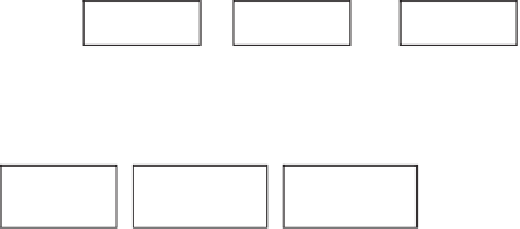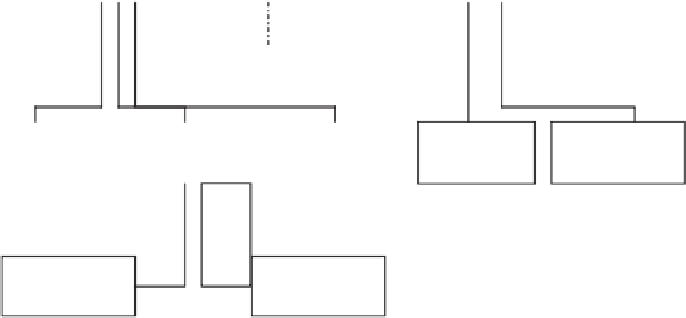Biomedical Engineering Reference
In-Depth Information
For the purpose of this example, consider the lighting in a semi-manual inspec-
tion booth, where inspectors look for particulates and defects in vials of a product.
On the basis of this assessment, the system, the inspection booth, and the
lighting in the booth would be deemed critical according to affirmative answers
to #5 and #6. Utilities that support the booth, such as electrical power, would
be deemed as having indirect impact. So the booth and the lighting should be
qualified. The decision to qualify the electrical power source would depend on the
amount of variation in the power source, the effect on lighting intensity that such
a variation might have, and the effect of intensity variation on product quality or
the ability of the inspector to see and reject defective units.
7.3.8 To What Extent Would it be Qualified?
Once a system or component has been classified according to level of impact, a
decision should be taken as to how to assure the correct function of that system.
This can be done by asking the question—what could go wrong and what would
cause such a situation or failure? Tools such as fault tree analysis, partially
illustrated in Figure 7.5, and fishbone analysis, partially illustrated in Figure 7.6,
can be helpful in identifying those process steps or conditions that pose a risk to
product quality. These tools are designed to break the process into smaller steps
where risk can more effectively be addressed and reduced.
Inability to
effectively
inspect units
Lighting
failure
Human
error
Unit
vibration
Shadowing
effects
Broken or
missing
bulbs
Control
system
malfunction
Variation in
power supply
Improper
set up
Excessive line
speed
Inadequate
wiring
Corroded
connections
Figure 7.5
Fault tree analysis example.















Search WWH ::

Custom Search